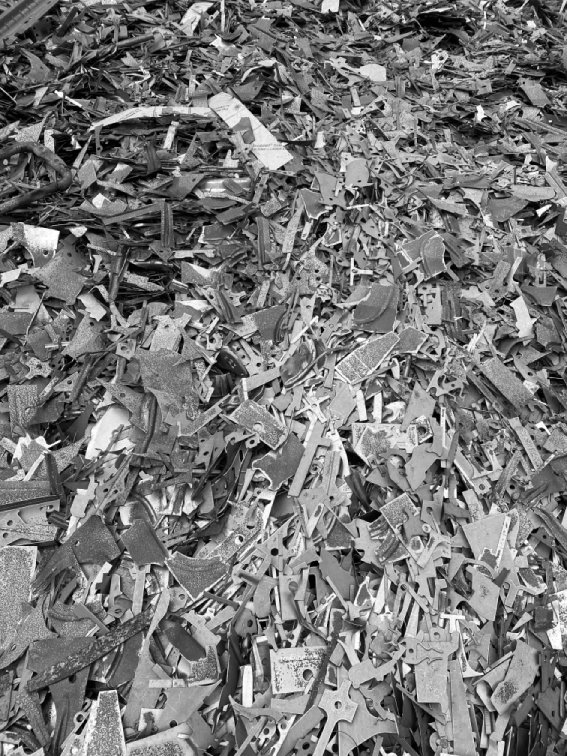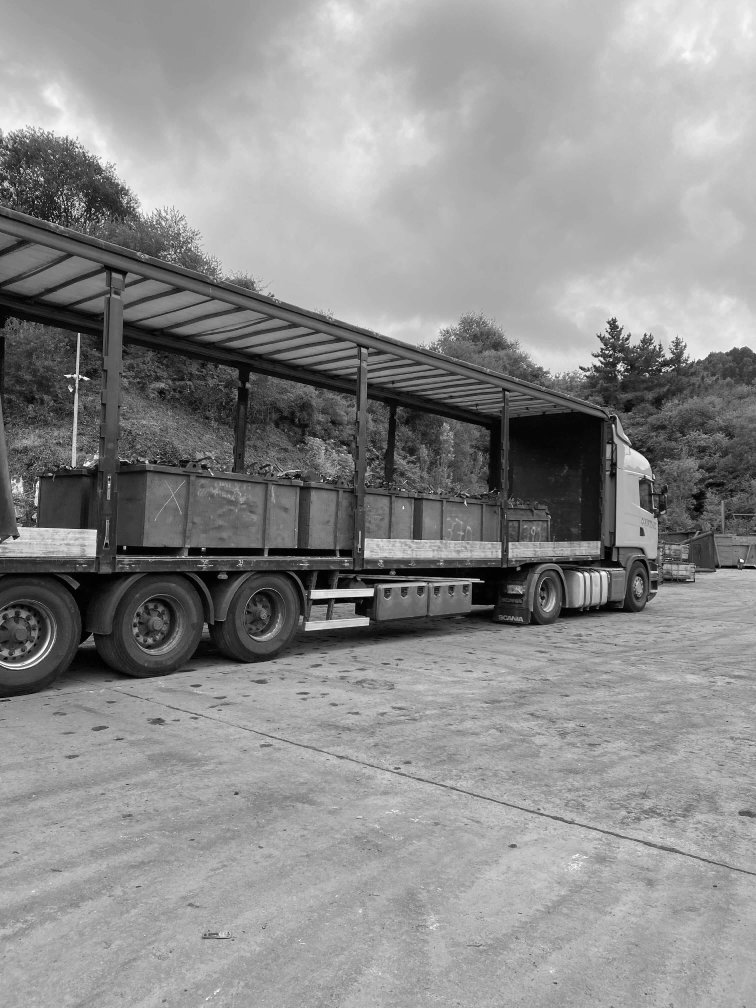Your online global platform for the purchase and sale of scrap and recyclable materials
Negotiate with companies in the sector for the materials you are interested in, we take care of the rest.
Make the most of your time and waste by buying and selling recyclable materials worldwide in a transparent and secure way.
Forget about surprises and hidden costs.
How do we do it?

Deal with verified professionals
ScrapAd is a safe and trustworthy community where all members have passed a thorough verification process.

Verification of materials at origin
When the material is loaded, we check that the goods correspond to what you have agreed in the negotiation.

Door-to-door transport
We manage the logistics: we collect the material from the seller’s facilities and deliver it to the buyer.

Secure payments and deposits
Transactions are carried out securely through our platform, guaranteeing your money throughout the process from start to finish.
This is what our users say about us
Don’t miss any news
Subscribe to our newsletter!
Error
An error has occurred. Please try again later.
Modal
Request a demo
Discover ScrapAd with our team.